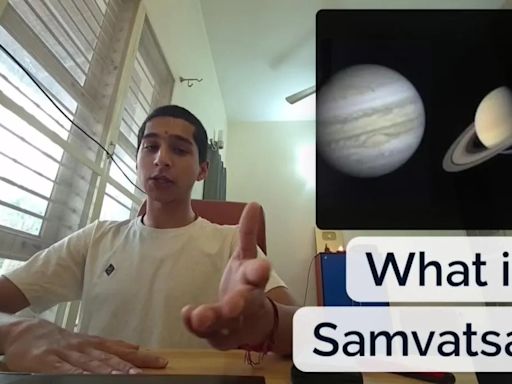搜尋結果
Zashiki-warashi (座敷童子, or 座敷童, "parlor child"), sometimes also called zashiki bokko (座敷ぼっこ, "parlor boyo"), are spirit-like beings told about mostly in the Iwate Prefecture. [1] . They are said to be yokai that live in parlors or storage rooms, [2] and that perform pranks, and that people who see one would be visited with good fortune.
Ram Mandir. / 26.7956; 82.1943. The Ram Mandir ( lit. 'Rama Temple') is a partially constructed Hindu temple complex in Ayodhya, Uttar Pradesh, India. [6] [7] Many Hindus believe that it is located at the site of Ram Janmabhoomi, the mythical birthplace of Rama, a principal deity of Hinduism. [8] [9] [10] The temple was inaugurated [7] on 22 ...
The Trimurti are the most prominent deities of contemporary Hinduism. This consists of Brahma - the Creator, Vishnu - the Preserver, and Shiva - the Destroyer. Their feminine counterparts are Saraswati - the wife of Brahma, Lakshmi - the wife of Vishnu, and Parvati (or Durga )- the wife of Shiva. Statue of Brahma.
India is one of the most ethnically and religiously diverse countries in the world. The concept of "Indian culture" is a very complex and complicated matter. Indian citizens are divided into various ethnic, religious, caste, linguistic and regional groups, making the realities of "Indianness" extremely complicated.
Kali (/ˈkɑːliː/; Sanskrit: काली, IAST: Kālī) or Kalika is a major Hindu goddess associated with time, change, creation, power, destruction and death in Shaktism.[1] Kali is the first of the ten Mahavidyas in the Hindu tantric tradition.[2] Kali's earliest appearance is when she emerged from Durga. The goddess is stated to destroy ...
Religion in India is characterised by a diversity of religious beliefs and practices. Throughout India's history, religion has been an important part of the country's culture and the Indian subcontinent is the birthplace of four of the world's major religions, namely, Buddhism, Hinduism, Jainism, and Sikhism, which are collectively known as native Indian religions or Dharmic religions and ...
The Indus Valley Civilisation [1] ( IVC ), also known as the Indus Civilisation, was a Bronze Age civilisation in the northwestern regions of South Asia, lasting from 3300 BCE to 1300 BCE, and in its mature form 2600 BCE to 1900 BCE. [2] [a] Together with ancient Egypt and Mesopotamia, it was one of three early civilisations of the Near East ...









